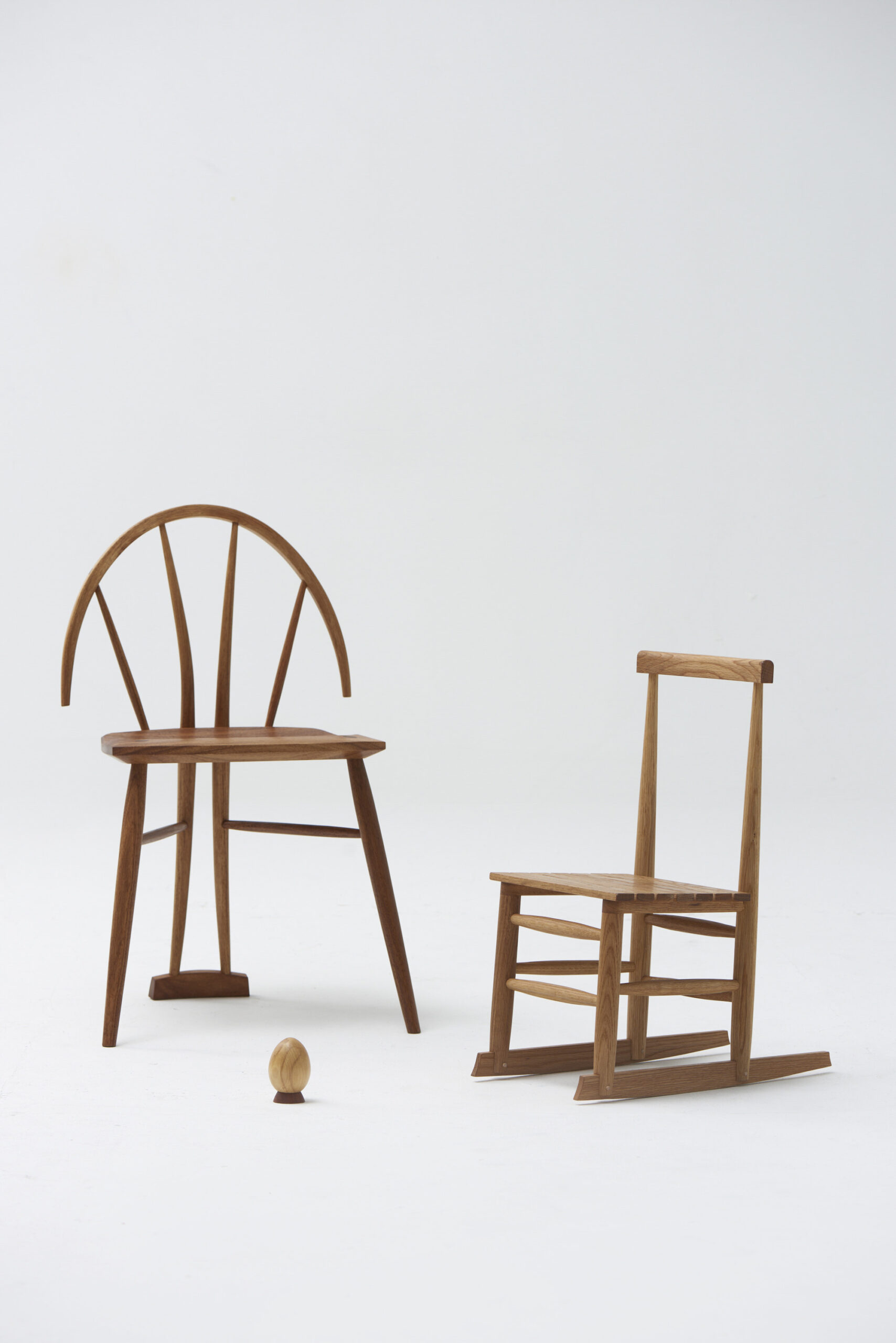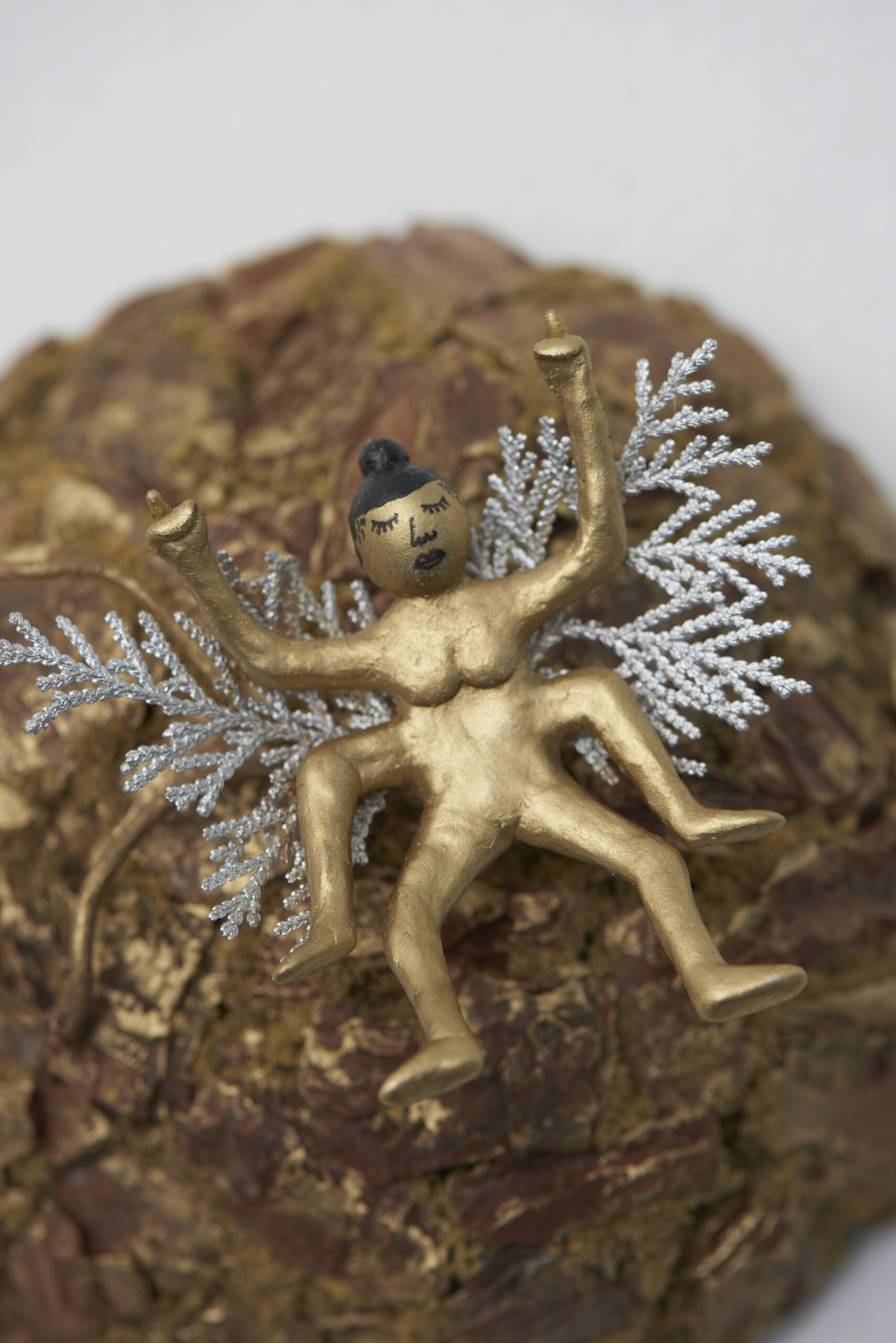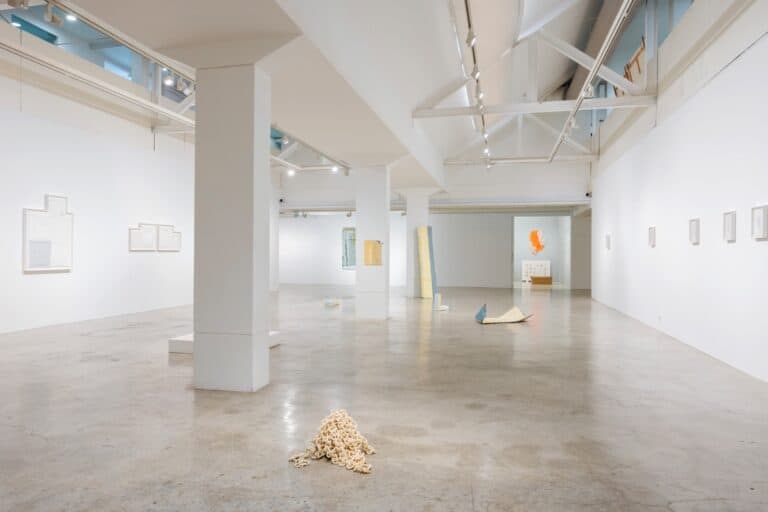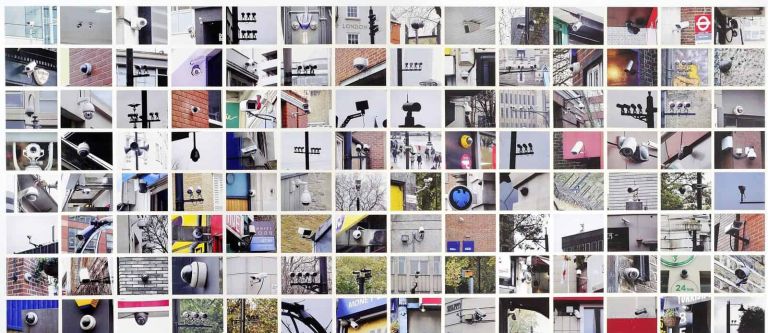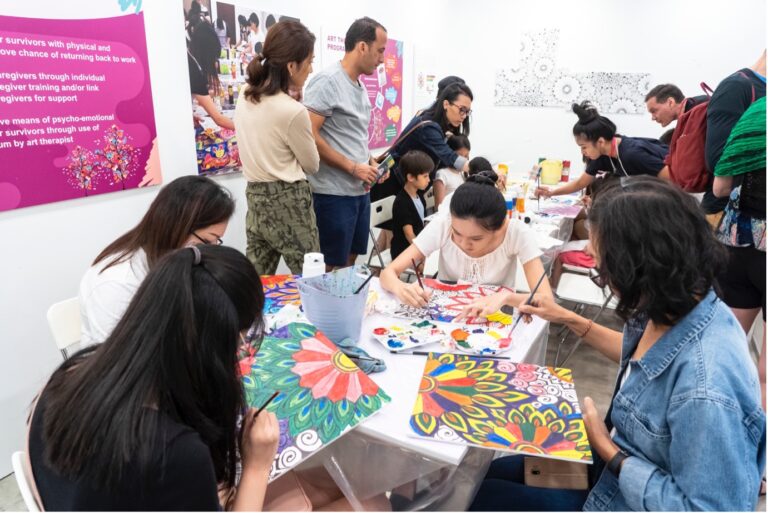If the past few years — of vacillating between lockdowns and phases of opening up — have taught us anything, it’s that the workings of time are nothing short of baffling.
Our anchors in the wild waters of time’s relentless flow have also proved surprisingly tenuous. In the confines of our tiny homes, we have, at one point or another, found ourselves adrift amidst days and weeks that seemed to bleed into one another.
Objectifs — Centre for Photography and Film’s ongoing exhibition A Year Made Object sensitively addresses this experience of temporal dislocation. Yvonne Tham, who also runs the graphic and communications design studio ampulets, initiated the exhibition.
Objects as Time Capsules
During one of the many “phases” of the pandemic when she could not tell what year it was, Tham penned a note:
“I would like to invite you to make objects of clay, wood, metal, natural fibre and/or a mixture of these, objects that help you mark and remember the year that has passed.”
With its elegant simplicity, the note reminded me of Conceptual art’s instructional drawings. The objects were to be “situated in, associated with, or tagged to a specific month”, serving as time capsules. What began as a personal reflection on time’s passage soon blossomed into a project involving 16 artists and designers whose practices involved creating objects.
But why objects? What is it about the thinginess of things that so fascinates us? Having had to stay home at one point or another has surely made us more conscious of the materiality of objects, which exist, not just as inert items, but as bodies that — much like our own — inhabit space and endure time. A Year Made Object resonates with recent projects like Stranger(‘s) Touch, which acknowledge how being able to encounter physical, tactile things has become a precious experience in itself.
That these encounters should unfold at Objectifs, despite the exhibition not including any photographs, is a curious but apt move.
In our age of digital images, it’s easy to forget how the earliest photographs were instantaneous, material impressions made by light touching a photosensitive plate. Could we think of a photograph as a time capsule, just as we would ‘A Year Made Object? ‘
Inviting interactions
Bathed in the sunlight that pours in through the window of the Lower Gallery, the exhibits seem right at home. The space is compact and the objects are arranged close together, which wouldn’t work in, for instance, a show of large canvases. But for this project, it’s perfect.
Instead of the usual white pedestals, the objects sit on raw wood crates of different heights, which emit a faint, comforting, earthy scent. There are real feelings of comfort, warmth, and intimacy appropriate to the scale of the objects, which invite us to imagine them nestled in our palms or cradling our bodies.
In fact, several of the objects in A Year Made Object invite our touch. Ng Si Ying’s Our Year Made Object is an intricately woven rattan knapsack that also serves as a memory bank. Audiences are asked to write down anything, be it a “favourite” moment or a “dark” one, on a narrow strip of paper, roll it up, and deposit it underneath the bag flap. Ng plans to keep these memories unopened for the next five or ten years.
Next to her contribution is a spiky ceramic doughnut by Mabel Annabelle Tan, which visitors are invited to, yes, sit on. Playfully titled Itchy Butt, the work recalls what her mother would say of her when she couldn’t sit still as a child. The piece is also loosely inspired by the geriatric cushions that her mother has been using ever since she suffered a stroke and had to use a wheelchair.
“As my creative practice has often involved the participation of the public, it felt natural and essential to involve the actual physical sitting on Itchy Butt,” the artist explained.
Even the objects that aren’t interactive evoke a strong sense of the haptic. Liang Han Yun’s unglazed ceramic sculptures speak in terms of weight, texture, and density. They “ask instead to be held, that the world be the vessel and the ceramic a spirit,” as Tham poetically puts it on the exhibition’s Instagram page. A series of three differently sized spherical forms, for instance, represents Liang’s memory of a six-month-old gently resting on her arm.
In a similar vein, Mary Bernadette Lee’s wood-fired ceramic vessels, which can be balanced on each other in multiple ways, evoke bodies in contact. These fully functional vessels lean against one another for support and comfort.
Poetics of the everyday
Speaking of functionality, another aspect of the exhibition that resonates with the quietude of solitary, contemplative life is its focus on design and craft — and on the playful reinterpretation of objects used in daily life.
Kim Choy’s handmade furniture objects are good examples of the show’s sensitivity to the poetics of the everyday. There’s something strangely tender about a wooden egg nesting on a dark cherry wood stand.
The Existential Chair and its miniature counterpart, Skating Rink Kid’s Chair seem almost to have personalities of their own, thanks to the subtle twists that the artist has built into their structures.
On a pedestal beside Kim Choy’s pieces are Nabwong Chuaychuwong’s delicate, arboreal safety pins. A tiny offshoot of leaves — in various stages of growth and decay — sprouts from each pin, evoking the life cycle of a tree through the months. Under the Chiang Mai-based designer’s expert craftsmanship, these inanimate silver objects have come to life.
Though many of the works deal with intimate everyday realities and are relatively small in scale, that doesn’t stop them from grappling with larger, more abstract notions of time.
Noreen Loh’s object for the month of December is a palm-sized figurine atop a mound composed of what looks like golden tree bark. With its ushnisha, serenely shut eyes, and extra limbs, the figure resembles a Buddha — except that it’s giving the finger.
Created in response to a period of creative doubt that she experienced, Loh’s tongue-in-cheek sculpture rotates in an anti-clockwise direction, as if moving backwards in time.
Yet, it’s also a reminder to “always move forward; to move forward and to create — with joy and freedom.”
With its marbled exterior and gradated interior, Daisy Toh’s porcelain vessel likewise addresses the flow of time. As the variegated colours were created by pouring layer upon layer of liquid clay into a plaster mould, the organic, amorphous vessel bears witness to the process of its making and the slow accumulation of time — much as the cross-section of a tree’s trunk tells its age.
Some of my favourite objects in the show were these faintly botanical silver fragments by Shing Lee, who also runs a jewellery practice under the moniker Argentum. Look closely and you’ll realise that these are casts of “a certain specimen from the flora realm”. (The artist deliberately keeps the exact identity of the flowers enigmatic.)
Lee’s piece began with the idea of stringing a garland to mark the days of a month. But in its making, imperfections emerged — irregular “outgrowths” formed when molten silver spilt out between the two parts of the mould.
Lee, however, decided to keep these “mistakes”, arranging them by size to evoke the lunar cycle. There’s something poetic about immortalising a flower, a symbol of transience, in a lasting material like silver, and in crystallising a moment of slippage. Time passes, but art endures, with its beautiful imperfections.
Contemplative aesthetics
The writings on each object mirror the lyrical, contemplative nature of the exhibits. Unlike your usual exhibition catalogues or brochures, the text for A Year Made Object comes in the form of an art book — “a box of memories about memories.”
Designed by Jerry Goh of Studio Grain, with photographs by Jovian Lim, the art book is a thoughtful tribute to the sensuous materiality of print matter. A Year Made Object shows us how the creative labour that goes into the exhibition collateral — the things seemingly peripheral to the work of art — is in fact part of the art too.
As Tham writes,
“If time were an object, it may well be this: a wild, intractable tangle of relationships, of exchanges and crossings.”
All the details of the show add up to a portrait of these exchanges and crossings: it’s clear that A Year Made Object was lovingly and sensitively crafted, with care and contemplation given to each object and its relation to all the others. For that, it’s a show not to be missed.
A Year Made Object runs until 18 December 2022, at the Lower Gallery, Objectifs. Visit Objectif’s webpage for more details. (Note: The gallery is closed on Mondays and Public Holidays.)





